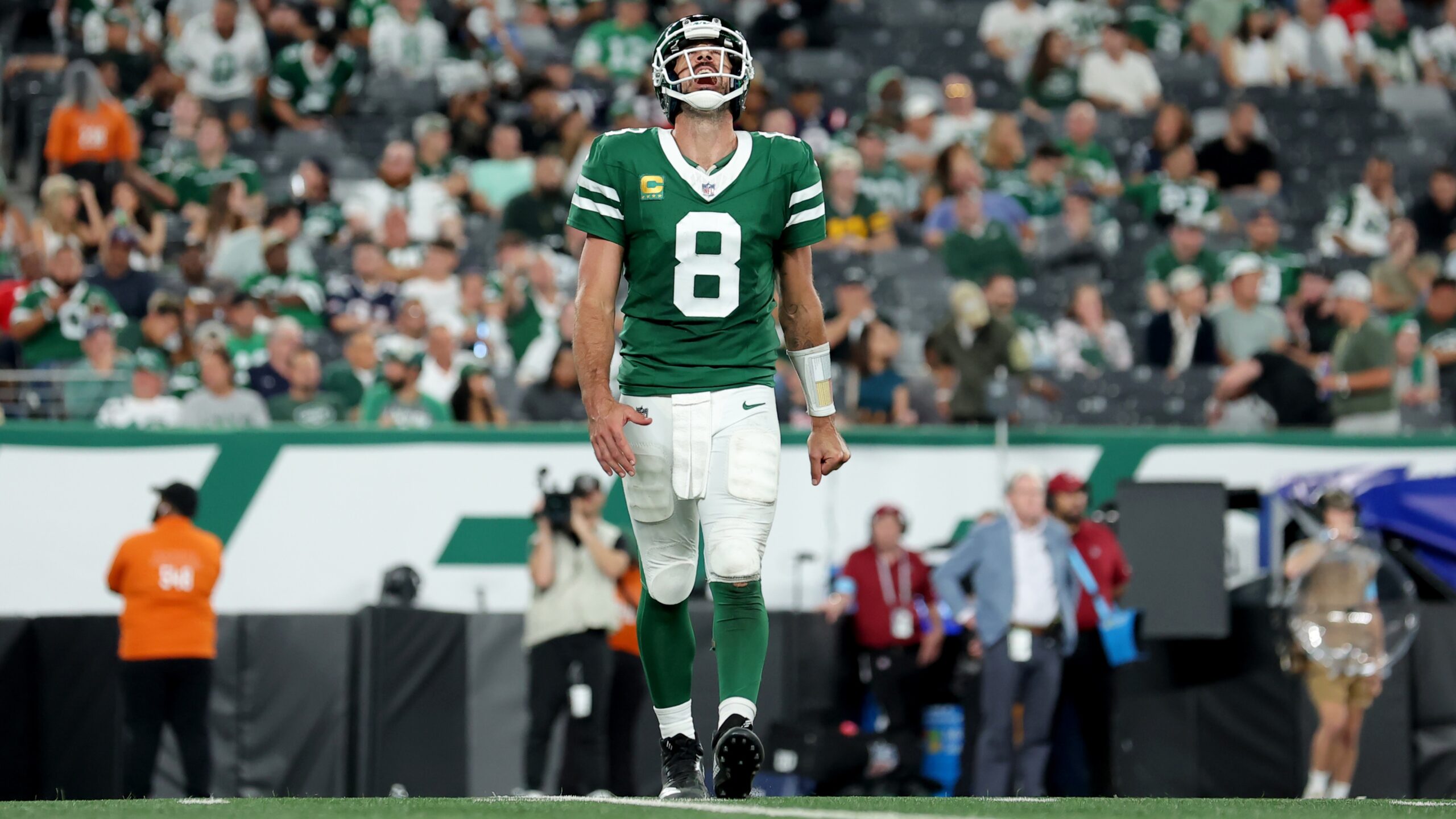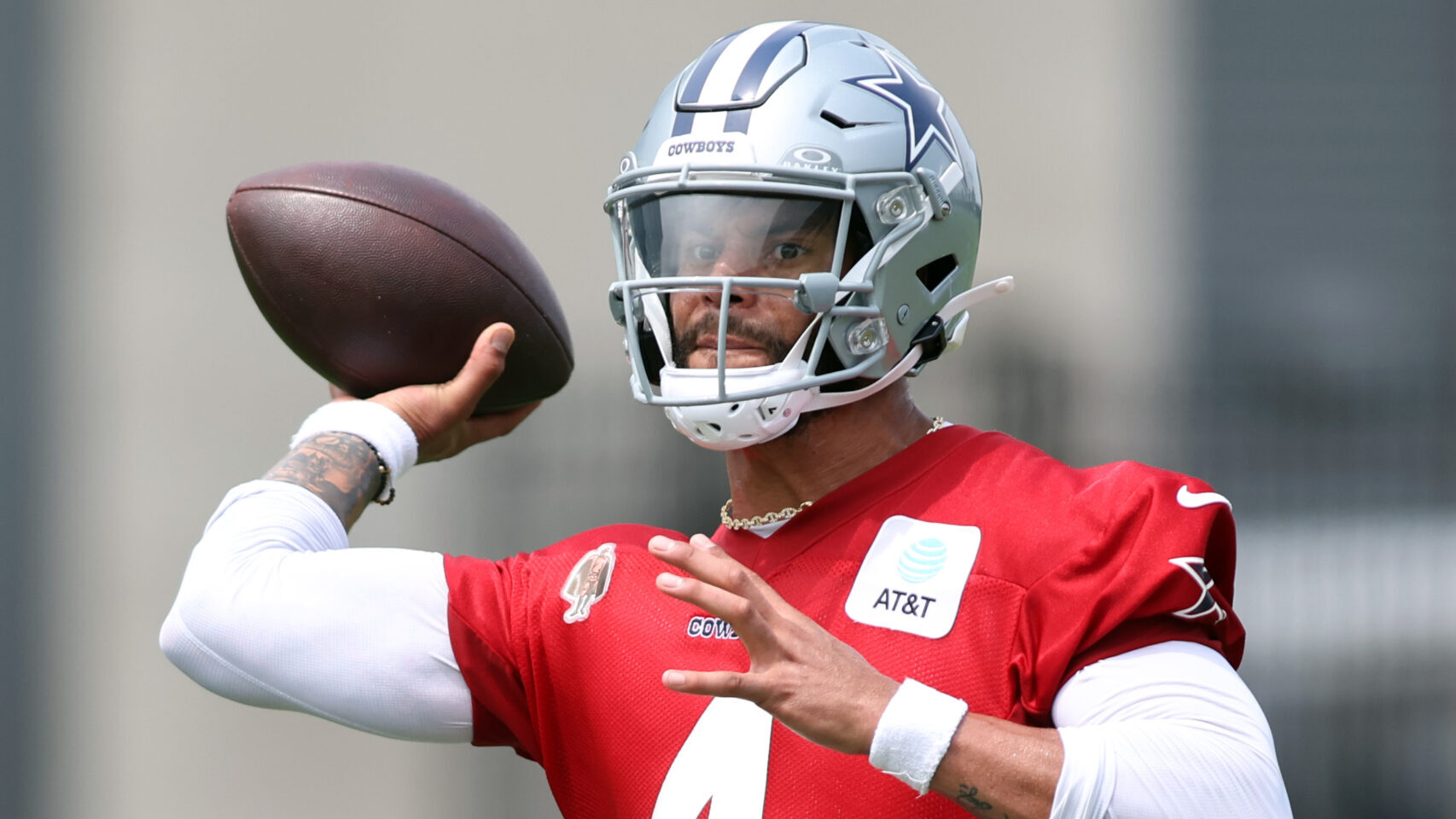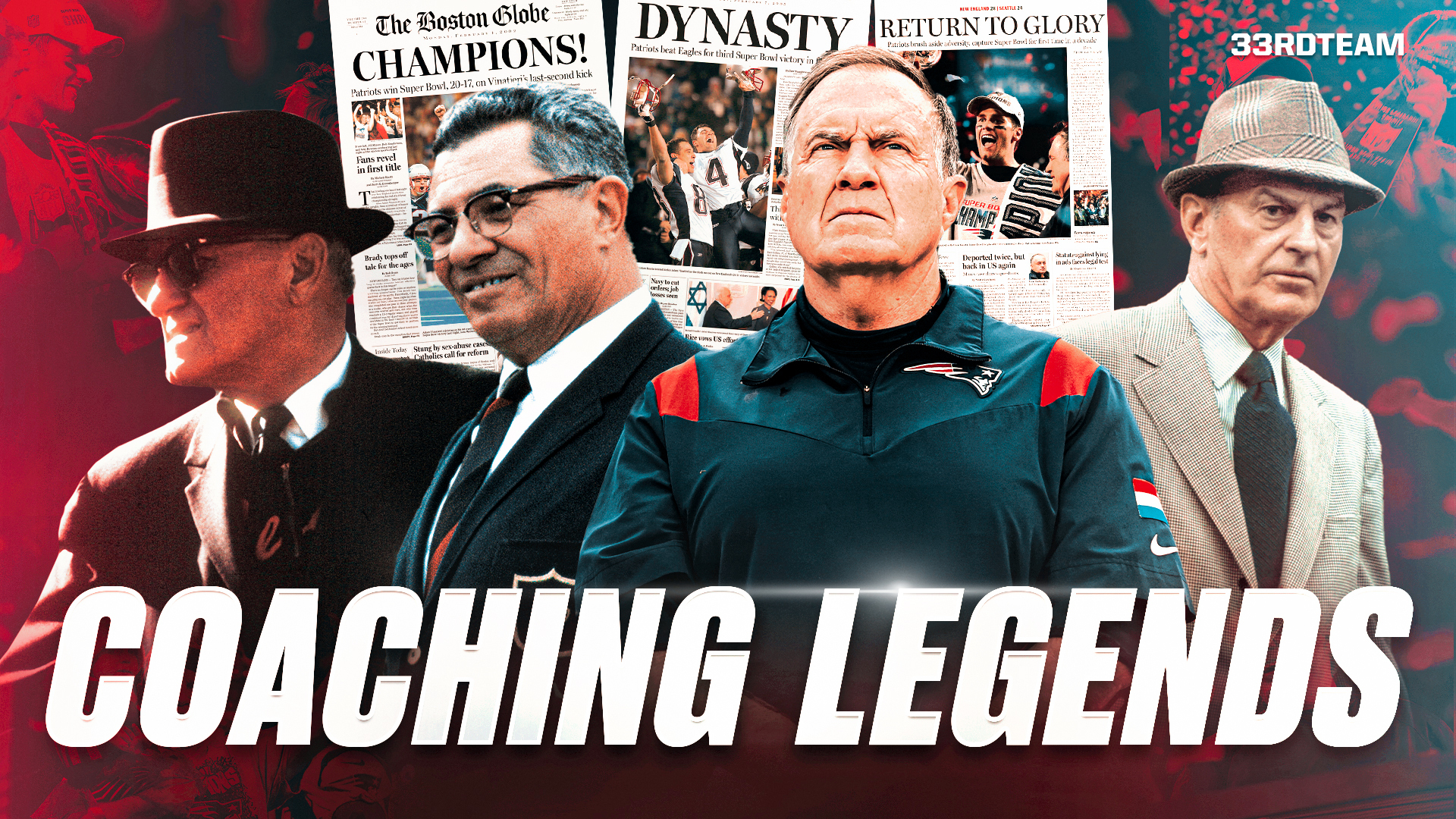Analysis
7/12/21
3 min read
How the Top 3-4 Defenses Allocate Salary Cap Dollars
Last week, we posted an article comparing the cap structure of the best and worst 4-3 defenses in the NFL. This week, we are analyzing how the best and worst 3-4 defenses structure their cap.
When looking at the top and bottom ranked defenses from the 2020 season, we find correlations to what the most advantageous cap structure looks like for this scheme. The defensive rankings below are based on the total points allowed during the 2020 regular season. This data set uses the full roster cap percentage for each team’s position groups.
The top 3-4 defenses in the league spent the most on their defensive back groups at an average of 18.63 percent. This group had the largest disparity in spending between the top and bottom defenses with a 5.18 percent difference. Three of the five teams spent over 20 percent of their cap on the secondary. This shows a strong trend between allocating cap space to defensive backs and performing well with a 3-4 defense.
The argument to spend more on the secondary for 3-4 defenses comes from the idea that teams need very good man coverage corners in these schemes. The trait that makes this type of defense special is the variation of blitzes a team can run. Thus, effective 3-4 teams need man-cover corners who can lock up receivers long enough in order for these stunts to be successful.
Defensive line spending was the second highest among the top-ranked groups in the league. There was a 2.66 percent difference in spending between the top and bottom defenses. Four of the top five teams had this section as their second-highest-paid position group. It is critical to control the line of scrimmage in any defensive scheme, but 3-4 defenses are looking for two-gapping players that have pass rush upside in particular. Starters in odd fronts may come at an average higher cost due to their expanded responsibilities. There is a strong correlation that suggests acquiring defensive linemen should be the next-highest priority behind defensive backs when building a 3-4 defense.
The top-ranked defenses spent 2.85 percent less on their linebacker groups than the bottom five did. The highest cap hits in 3-4 defenses from this group come from excellent pass rushing OLBs. The Steelers and Broncos have the two highest percentages spent on both tables, which is due to the contracts of T.J. Watt and Von Miller, respectively.
In 3-4 schemes, off-ball linebackers do not command as much money, which leads to a lower cap hit in this group. The linebackers had the lowest positional cap hit among four of the five top defenses. This trend shows it is most beneficial to allocate a team’s salary cap to other groups first instead of the linebackers. The top teams only spend large amounts of money on linebackers when it comes to effective pass rushers who can also set the edge as run defenders.
While analyzing how the best and worst 3-4 defensive teams structure their cap, it was found that spending money on the secondary is most beneficial. An effective 3-4 team can cover long enough for their uniquely schemed blitzes to disrupt an offense. Good coverage corners come at a premium, and this results in the best 3-4 defenses needing to allocate a higher amount of their cap on this group. This data shows that good 3-4 defenses can vary in cap spending, but have a common trend of spending more on defensive backs.







